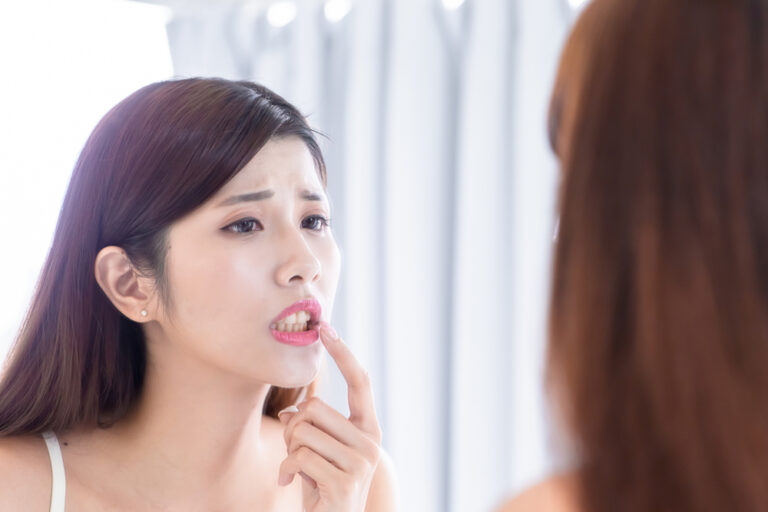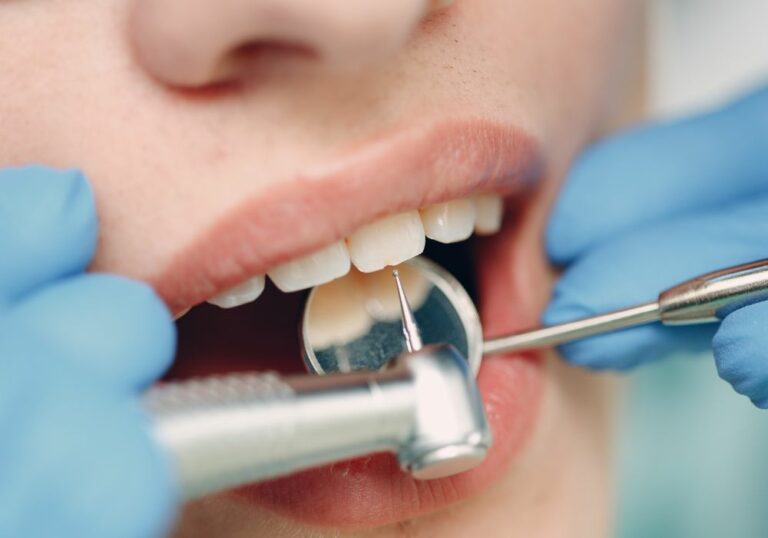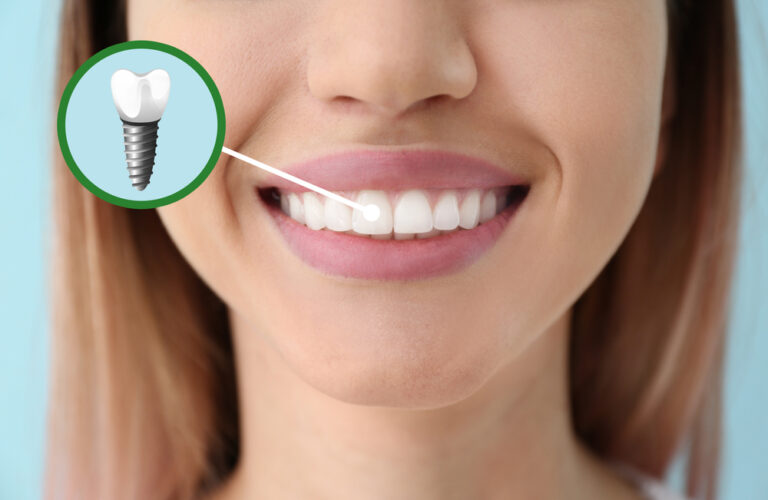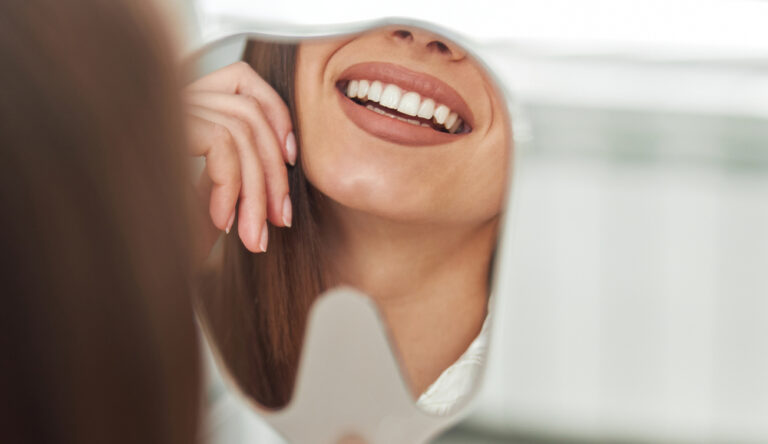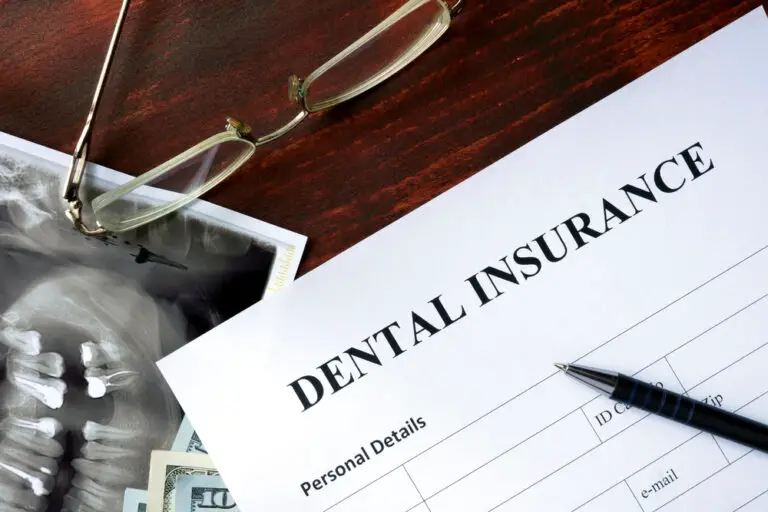Getting your teeth professionally whitened can dramatically brighten your smile. But how long does it take to get pearly white teeth? The number of bleaching sessions needed varies based on several factors.
Causes of Tooth Discoloration
Before exploring tooth whitening solutions, it’s helpful to understand what causes teeth to become discolored in the first place. Some common reasons include:
- Food and Drink Staining – Coffee, tea, red wine, soda, curry spices, berries and other pigmented foods can stain and discolor enamel over time.
- Tobacco Use – Nicotine and tar absorb into the teeth, creating yellowish to brown stains, especially on the front teeth.
- Fluorosis – Overexposure to fluoride during childhood when teeth are forming can result in mild mottling and streaking.
- Trauma/Injury – Physical trauma to teeth can cause greyish discoloration when the nerve dies and blood flow changes.
- Medications – Some prescription drugs like tetracycline antibiotics can permanently stain developing teeth if taken by children.
- Genetics – Inherited conditions like enamel irregularities or dentin issues can cause intrinsic discoloration.
- Aging – Teeth naturally yellow slightly over time as the enamel thins and the dentin becomes more transparent.
- Plaque Accumulation – Poor brushing and flossing allows plaque to build up and stain teeth.
Professional Bleaching Options
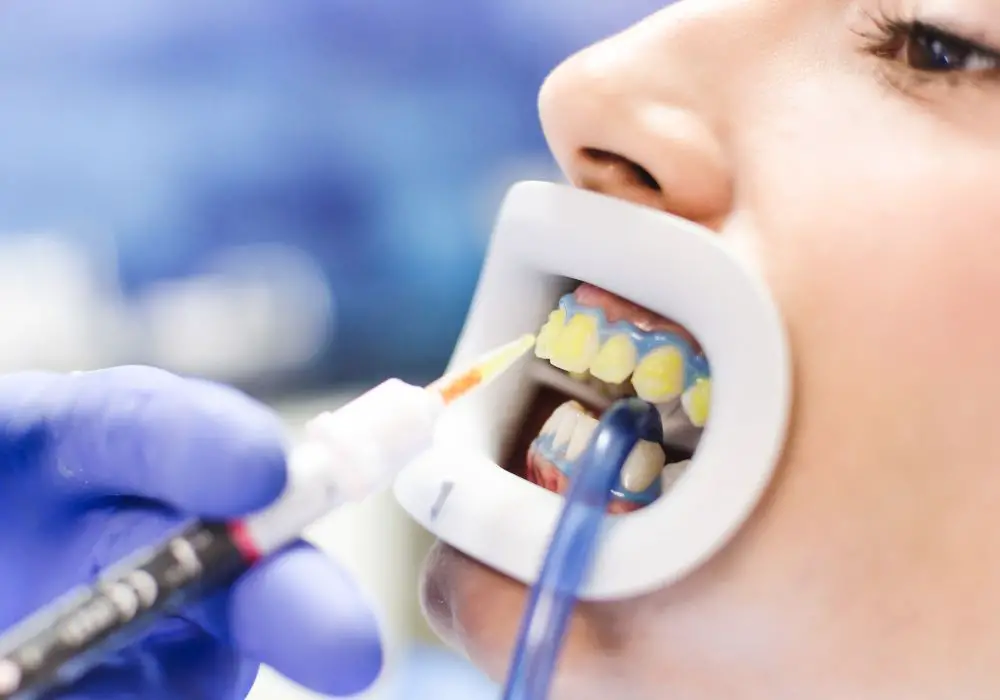
Several methods are available to brighten stained, discolored teeth:
1. In-Office Whitening
A concentrated peroxide-based gel is applied to the teeth before using a special light or laser to enhance the bleaching reaction. A single 30-60 minute in-office session can lighten teeth up to eight shades with immediately visible results.
2. At-Home Whitening Trays
Custom-fitted plastic trays are filled with a lower dose peroxide gel and worn for 1-2 hours daily for up to 2 weeks. The trays ensure the whitening agent covers the teeth evenly, even hard-to-reach places.
3. Over-the-Counter Whiteners
This includes whitening strips, brush-on gels, toothpastes, and mouth rinses with low levels of hydrogen peroxide or carbamide peroxide that gradually lighten teeth with repeated use.
Number of Sessions Based on Method
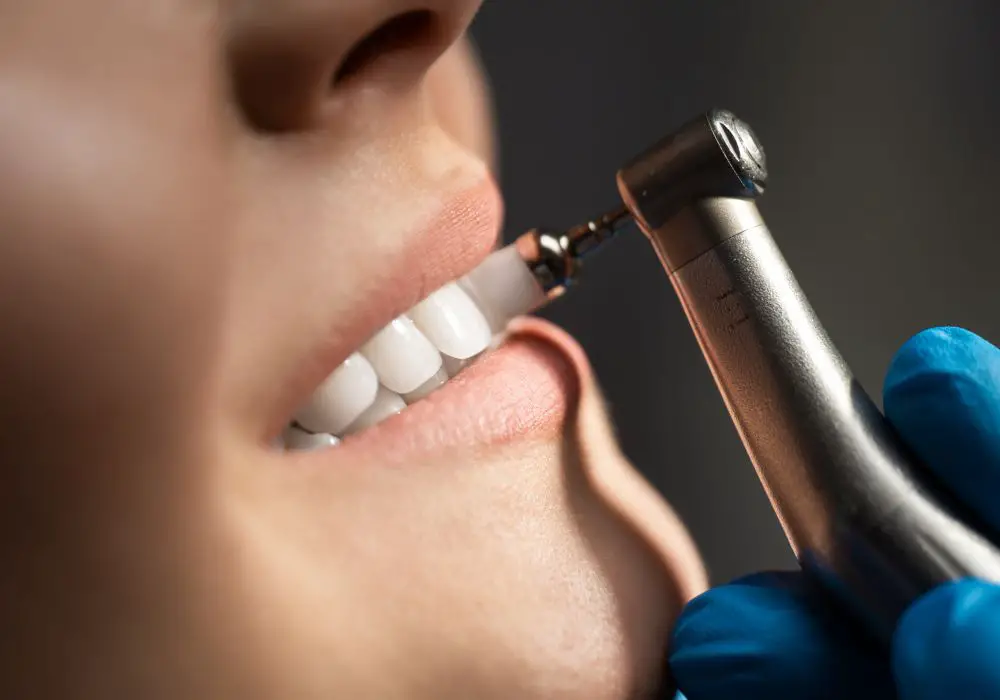
The number of required bleaching sessions depends on the specific technique used:
1. In-Office Whitening
Most patients see dramatic results after just one in-office session. However, two or more sessions spaced a couple weeks apart may be recommended for severely stained teeth or those resistant to whitening. Each session generally involves wearing the bleaching trays full of gel for 30-60 minutes.
2. At-Home Whitening Trays
When using custom take-home trays, the number of sessions will be based on how many hours per day and number of days the trays are worn. Typically the trays are worn for 1-2 hours per day for 5-15 days in a row. Results are seen within a couple weeks.
3. Over-the-Counter Products
OTC whiteners produce the slowest results, requiring daily use for up to 4 weeks before noticeable lightening occurs. For example, whitening strips may require 20-30 consecutive daily 30-60 minute applications.
Factors That Impact Success
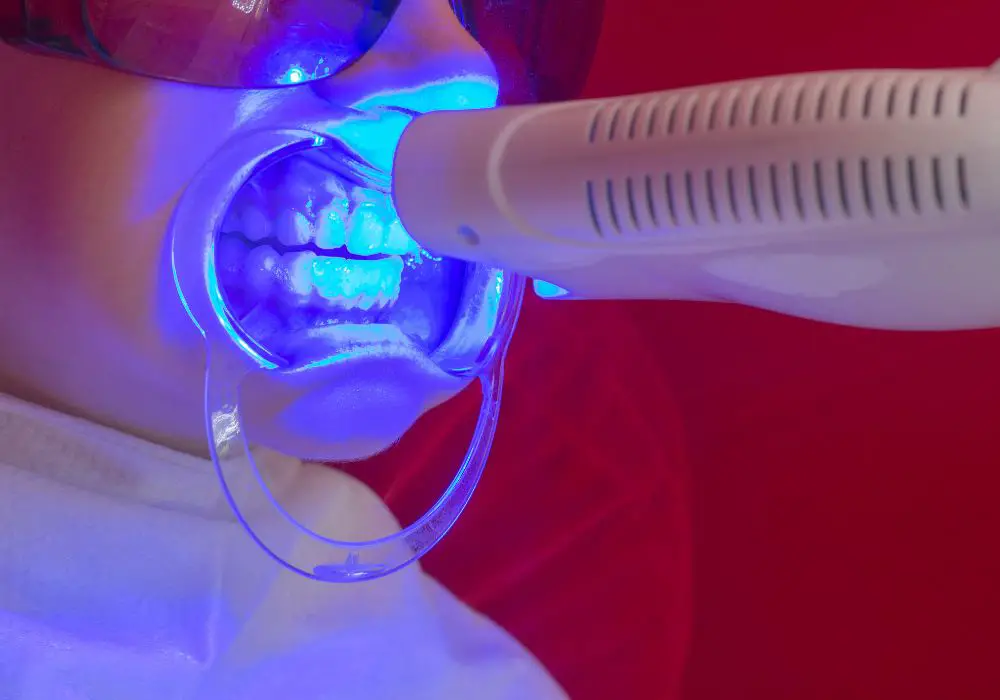
How much and how quickly you will lighten depends on:
- Original baseline tooth shade – The darker the starting color, the more sessions needed.
- Desired level of brightness – Slight lightening takes fewer sessions than more significant color change.
- Bleaching agent concentration – Higher peroxide doses work faster.
- Bleaching duration – More minutes per session means faster whitening.
- Bleaching consistency – Daily back-to-back sessions produce better results.
- Tray fit and coverage – Better adapted trays give more complete bleaching.
- Tooth porosity – Less porous enamel bleaches better than porous.
- Age – Younger patients whiten faster and better than older patients.
- Tooth defects – Teeth with cracks, caries, leaks take longer to lighten.
- Genetics and chemical makeup of teeth – Some tooth compositions more resistant to bleaching.
Lifestyle Factors Affecting Duration
Behaviors like smoking and excessive staining food/drink intake can impact the duration that whitening results last:
- Smoking causes faster re-staining of teeth after bleaching.
- Drinking dark pigmented liquids like coffee, soda, red wine, or tea can quickly re-stain lightened teeth.
- Eating a highly colored diet with lots of berries, tomato sauce, soy sauce, or curries hastens tooth discoloration.
Improving these habits, along with using stain-blocking toothpaste, can prolong the longevity of bleaching treatments.
Maintaining Brightness After Whitening
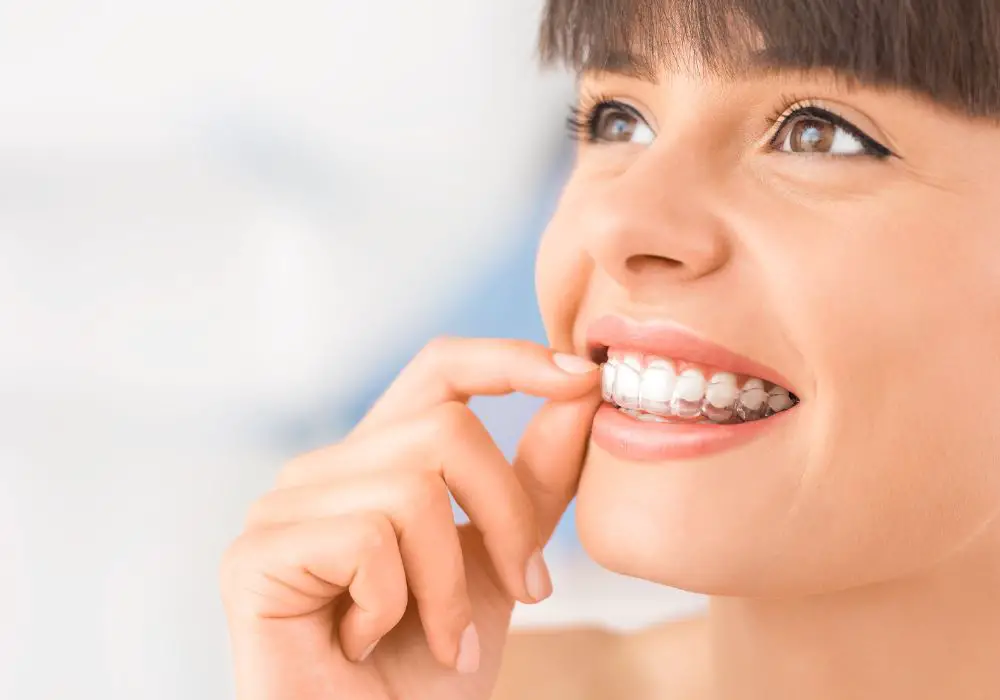
Here are some tips for preserving your bright white smile:
- Brush with a whitening or stain-fighting toothpaste twice daily and floss thoroughly each day.
- Use an antiseptic mouthwash to manage bacteria that produce staining pigments.
- Avoid smoking and minimize consumption of staining food and drinks. When you do indulge, be sure to rinse with water afterwards.
- Drink dark beverages through a straw to reduce contact with front teeth.
- Use at-home touch-up whitening treatments periodically to maintain brightness between professional sessions.
- Get teeth professionally cleaned every 6 months to remove stains before they set in and re-mineralize enamel.
- Apply fluoride treatments to strengthen enamel against new stains.
- Protect teeth from future stains by getting dental sealants and repairs for cracks or defects.
When to Stop Bleaching?
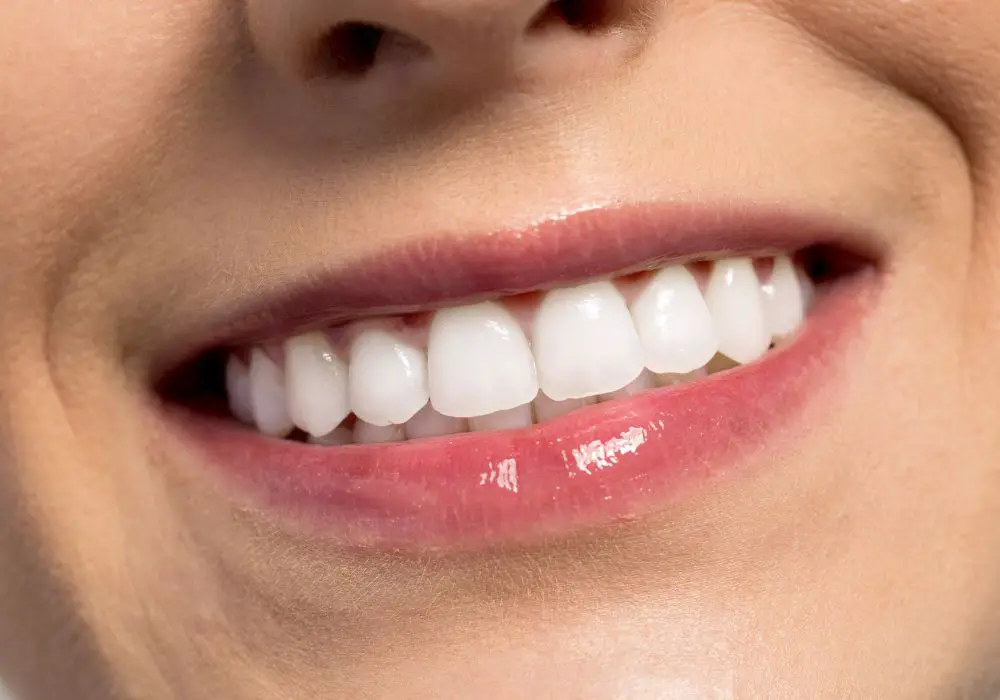
You should cease bleaching treatments when:
- You’ve reached your desired level of whiteness. More sessions will not continue to lighten beyond this point.
- Your teeth or gums become overly sensitive, indicating you’ve reached the maximum whitening your teeth can healthily tolerate.
- After several sessions with no noticeable improvement, which means you’ve plateaued on what can be achieved from peroxide bleaching.
How Long Results Last?
On average, in-office bleaching results can last 1-3 years, while over-the-counter products may last just a few months. However, results longevity depends heavily on your diet, habits and oral hygiene. With periodic touch-up sessions and a stain-free lifestyle, professionally whitened teeth can stay brighter for several years.
Seeing a Dentist
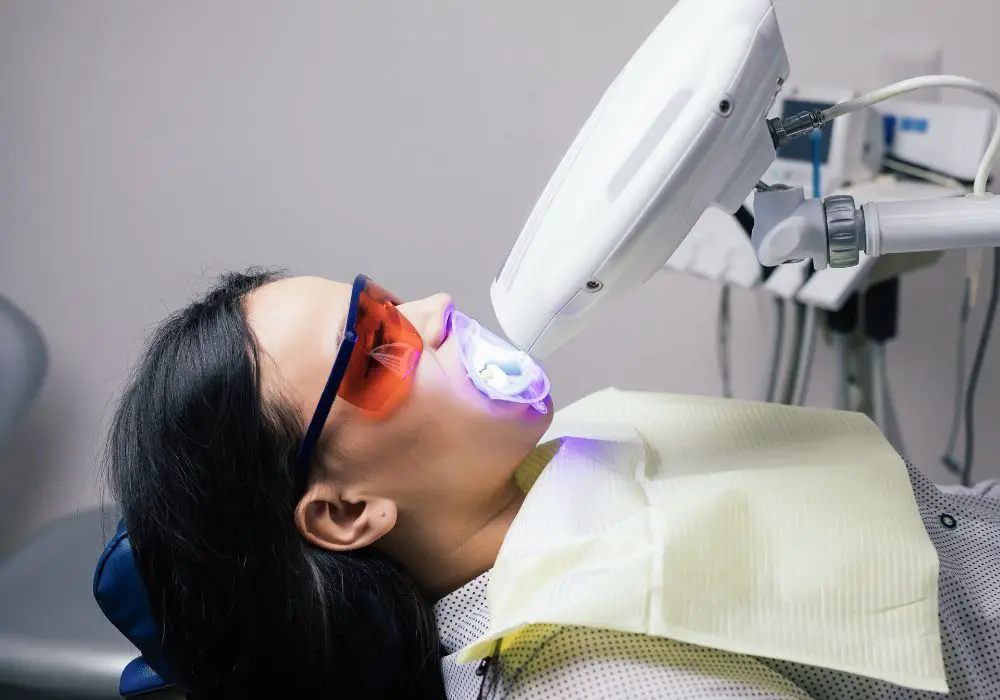
Consult your dentist if you:
- Are considering whitening and want advice on the best options for your situation.
- Have any pre-existing tooth sensitivity, enamel issues, exposed roots or oral health problems, which bleaching may exacerbate.
- Experience tooth or gum sensitivity during the bleaching process.
- Are unsatisfied after several sessions, in which case other whitening alternatives may be needed.
- Notice your bright smile starting to fade and want touch-up options.
Regular dental visits are key for monitoring oral health before, during and after the tooth whitening process.
Bleaching Considerations
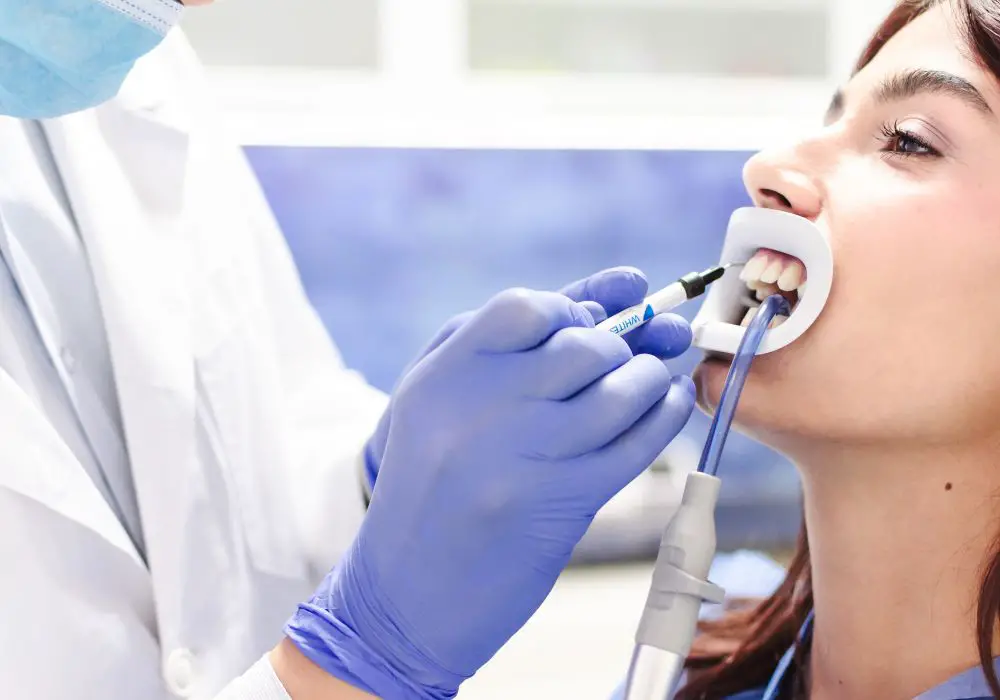
Some important things to keep in mind regarding tooth bleaching:
- Whitening treatments are generally safe when products are used as directed, but overuse or misuse of bleaching gels can damage the teeth and gums. Always follow your dentist’s instructions.
- Light-activated systems are no more effective than chemically activated bleaching; the light or laser just speeds up the process.
- Teeth whitening is not permanent. Without periodic touch-ups and maintenance, teeth will eventually restain and re-yellow.
- Whitening only works on natural tooth enamel. It cannot lighten caps, crowns, veneers or fillings which may need replacement to match lightened natural teeth.
- Over-the-counter methods take longer to work and produce less dramatic results compared to professional whitening done under a dentist’s supervision.
- Bleaching is not recommended for pregnant or lactating women, teenagers under 16, or people with allergy to peroxide compounds.
- Existing dental restorations and crowns may need replacement after bleaching if they no longer match the newly whitened teeth.
Conclusion
The number of tooth whitening sessions depends on your starting tooth color, goals for shade change, the method used, and your response to treatment. In-office light whitening achieves the fastest brightening in just 1-3 sessions, while over-the-counter products require persistent daily use for weeks before results are seen. Regardless of bleaching technique, limit sessions if you experience sensitivity or reach a whitening plateau. See your dentist regularly during the whitening process to monitor progress and ensure the health of your smile. With the right customized treatment regimen, professional dental bleaching can safely and effectively enhance your smile’s luster by several shades.
Frequently Asked Questions
How many sessions of Zoom whitening are needed?
Zoom in-office whitening typically requires only one 45-minute session to dramatically whiten teeth by several shades. A second session may be recommended after 2 weeks to maximize brightness for severely stained teeth.
Is laser whitening or Zoom better?
Both Zoom and laser whitening are very effective in-office systems that use light to accelerate the results of hydrogen peroxide gel. They generally achieve comparable whitening levels in 1-3 sessions. The main difference is that Zoom uses UV light while laser whitening uses argon or diode lasers.
Can teeth be whitened too much?
It is possible to over-whiten teeth, making them chalky and translucent. Most dentists limit treatments to about eight shades lighter to avoid this overly bleached look. If teeth become too sensitive, further whitening should also cease even if the desired shade is not yet reached.
How long should I wait between whitening sessions?
It’s recommended to space professional in-office sessions at least 2 weeks apart. This allows the teeth and gums adequate healing time between the intensely concentrated peroxide exposures. For at-home methods, follow your dentist’s direction regarding frequency and duration.
Is whitening mouthwash effective?
Over-the-counter whitening and stain removal mouthwashes are very low strength hydrogen peroxide solutions. They can provide some mild surface stain removal with consistent long-term use but generally don’t produce significant whitening on their own without other bleaching methods.

